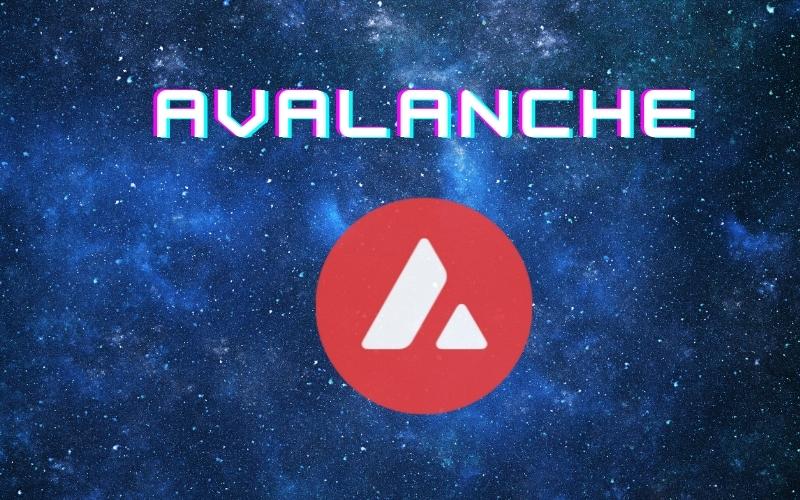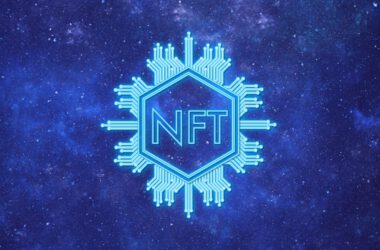Avalanche is one of the late arrivals on the stage of protocols. But this blockchain quickly gained prominence, especially in 2021, which was the year of NFTs and the heating up of the P2E market. Avalanche also appeared to solve the problems of high gas fees and transaction time lag.
How Avalanche Works
Avalanche has a distinctive consensus mechanism, where each transaction is confirmed by a random subset of network participants before it is included in the blockchain ledger.
This is also an extension of the process known as proof-of-stake, where the right to sign the next block requires validators to hold AVAX tokens. The more AVAX held, the more it will be probable to be selected as a validator.
To validate the Avalanche network, a node operator must hold a minimum of 2,000 AVAX. Smaller stakeholders can delegate their coins to have more chance of solving blocks and getting the reward.
An Avalanche block is produced once every 3 seconds, in the end achieving a 9-11% annualized earnings for stakers and node operators.
X-Chain Vs. C-Chain
The Avalanche protocol actually hosts two blockchains – the X-Chain and the C-Chain. X-Chain is the native environment on Avalanche, tied to a user’s identity on that network. The C-Chain is more widely used, as it is compatible with MetaMask wallet, and carries DeFi, NFT and P2E game transactions.
Most projects building on Avalanche use C-Chain, or another compatible form of the protocol, as in the case of the Crabada game.
Top DeFi Projects on Avalanche
Aave (AAVE) is the top yield aggregation project on Avalanche. Avalanche is known for hosting versions of already well-established yield farming or trading hubs.
SushiSwap is also represented on Avalanche, as well as Pangolin, Trader Joe and other exchanges.
Top P2E Games on Avalanche
Avalanche is just developing its gaming ecosystem, though it already hosts several prominent games. As we already mentioned, Crabada remains the top game. Other P2E hubs include PizzaGame, CryptoBlades, Heroes of NFT and others, depending on current ranking and activity.
How the AVAX Token Works
Avalanche uses AVAX to pay network fees. The Avalanche fee schedule is complex, with multiple types of transactions asking for fixed or variable fees. AVAX is burned every time a fee is paid.
C-Chain transaction fees are low but variable, depending on network capacity and demand.
The AVAX token has no supply cap. AVAX is constantly created and burned, making it an inflationary token. There are more than 305M AVAX generated in 2022, with about 30% locked for validation or delegation.
How to Use Avalanche for P2E
The C-Chain usage requires connection to apps using the MetaMask wallet, or other browser extension wallets capable of displaying this chain.
For most NFT and P2E tasks, C-Chain offers a complete solution, and other chains are only for specialized Avalanche activities.
Trading NFTs on the Avalanche Market
Some P2E games have their native NFT marketplaces. But for a more general selection of NFT items, Snowflake.Market aggregates all C-Chain offers on Avalanche.
Using Snowflake also requires access to MetaMask wallet, set to Avalanche C-Chain.
Is Avalanche Taking Over P2E
Avalanche is still behind networks like Polygon and Ethereum. But the C-Chain ecosystem is constantly adding new tokens and games.
The AVAX token is also highly influential, often reaching the top 10 positions in terms of market capitalization. With a price hovering between $70 and $100, AVAX is prominent and may continue to attract startups and token-based gaming projects.










